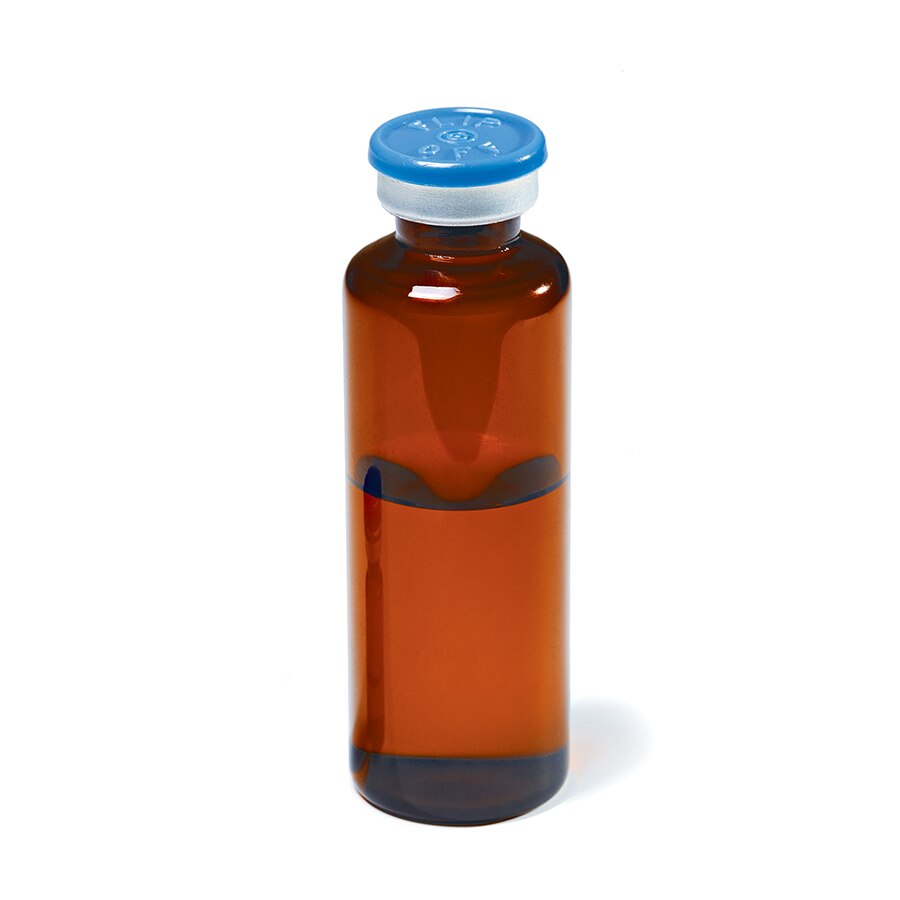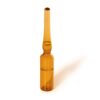-
×
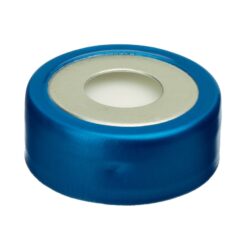 Bi-Metal Magnetic Crimp-Top Caps with PTFE/Silicone Septa, 20 mm w/8 mm Hole, Blue/Silver, Preassembled, 100-pk.
1 × $72.00
Bi-Metal Magnetic Crimp-Top Caps with PTFE/Silicone Septa, 20 mm w/8 mm Hole, Blue/Silver, Preassembled, 100-pk.
1 × $72.00 -
×
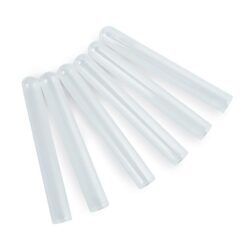 Test Tubes, 10 x 75 mm, for Resprep QR Vacuum Manifolds, 12-pk.
1 × $46.00
Test Tubes, 10 x 75 mm, for Resprep QR Vacuum Manifolds, 12-pk.
1 × $46.00 -
×
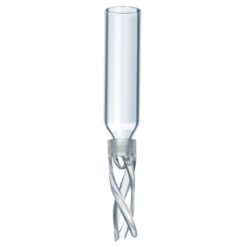 Vial Inserts, Glass, Big Mouth w/ Bottom Spring, 50 µL, 1000-pk.
1 × $588.00
Vial Inserts, Glass, Big Mouth w/ Bottom Spring, 50 µL, 1000-pk.
1 × $588.00 -
×
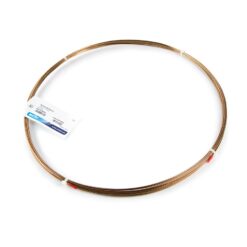 Welded/Drawn 304 Stainless-Steel Tubing, Sulfinert Treated, 0.010" ID x 1/16" OD, 10 ft Roll
1 × $180.00
Welded/Drawn 304 Stainless-Steel Tubing, Sulfinert Treated, 0.010" ID x 1/16" OD, 10 ft Roll
1 × $180.00 -
×
 Vial Cap Septa for 8 mm Screw-Thread Vials, 8 mm x 0.065", Red PTFE/White Silicone, 100-pk.
1 × $27.00
Vial Cap Septa for 8 mm Screw-Thread Vials, 8 mm x 0.065", Red PTFE/White Silicone, 100-pk.
1 × $27.00 -
×
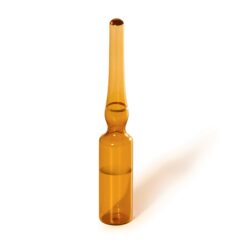 1,2-Dichloroethane Standard, 25 mg/mL, DMSO, 1 mL/ampul
1 × $37.00
1,2-Dichloroethane Standard, 25 mg/mL, DMSO, 1 mL/ampul
1 × $37.00
Acylation Derivatization Reagent, PFAA (Pentafluoropropionic Acid Anhydride), Vial, 25 g
$136.00
Acylation reagents offer the same advantage available from silylation reagents: creating less polar, more volatile derivatives. In comparison to silylating reagents, the acylating reagents can more readily target highly polar multifunctional compounds, such as carbohydrates and amino acids. In addition, acylating reagents offer the distinct advantage of introducing electron-capturing groups, thus enhancing detectability during analysis.
Features & Benefits
- Most commonly used for electron capture detection.
- React with alcohols, amines, and phenols.
- Frequently used for drugs of abuse confirmation.
| Weight | 0.15 lbs |
|---|---|
| Dimensions | 9 × 9 × 3 in |
Related products
Single-Component
$32.00
Purchase & earn 2 points!
Single-Component
1,4-Dioxane Standard, 2000 µg/mL, Methylene Chloride, 1 mL/ampul
$32.00
Purchase & earn 2 points!
$31.00
Purchase & earn 2 points!
Single-Component
$36.00
Purchase & earn 2 points!
Single-Component
3,3′-Dichlorobenzidine Standard, 2000 µg/mL, Methanol, 1 mL/ampul
$36.00
Purchase & earn 2 points!
Single-Component
1,1,1-Trichloroethane Standard, 2000 µg/mL, P&T Methanol, 1 mL/ampul
$34.00
Purchase & earn 2 points!
Single-Component
$38.00
Purchase & earn 2 points!
$32.00
Purchase & earn 2 points!

